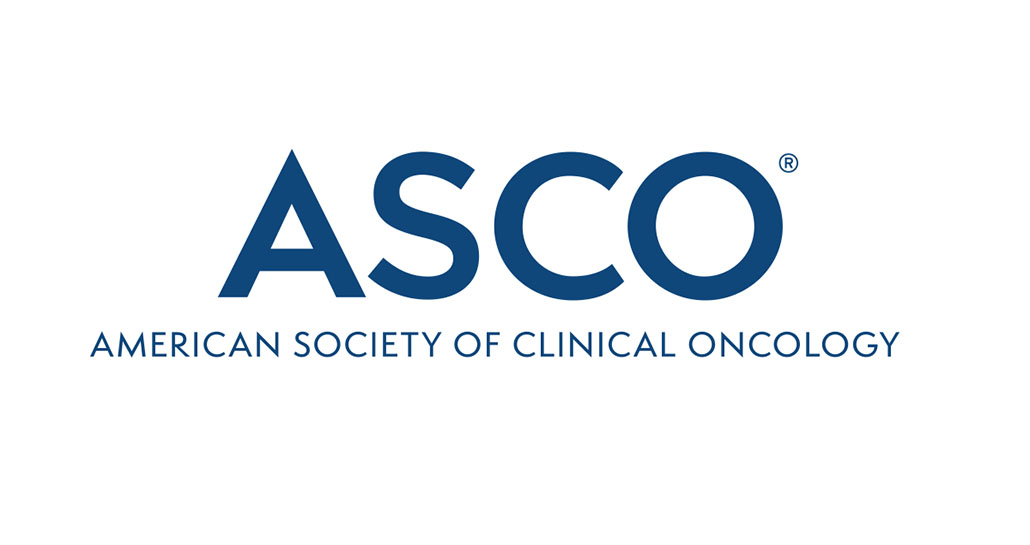Beating the odds
I have to admit it. Even today, I find interpreting statistics for patients very difficult; not because I don’t understand the concept of relative and absolute risks, hazard or odds ratios, or survival rates. It’s because in the end, they do not apply at an individual level. Too often in the course of a conversation about treatment options, I find myself discussing options, studies, and results—and ultimately, I become cognizant of that glossy-eyed look in patients, which is usually followed by the same question: “So—what should I do?” It’s when I take a step back, provide an overview, and bring them back—once, twice, or even a third time for the same discussion if needed.
There are no guarantees in the treatment of cancer. Some patients will survive, some will not. As physicians, our goal has been to better understand the natural history of disease and in so doing, devise ways to alter its course. This has led to the search for answers, to trials, and to proof—of both benefits and of risks. I’ve built my career in part on the search for novel treatment strategies. But at the end of the day, there are just no guarantees.



